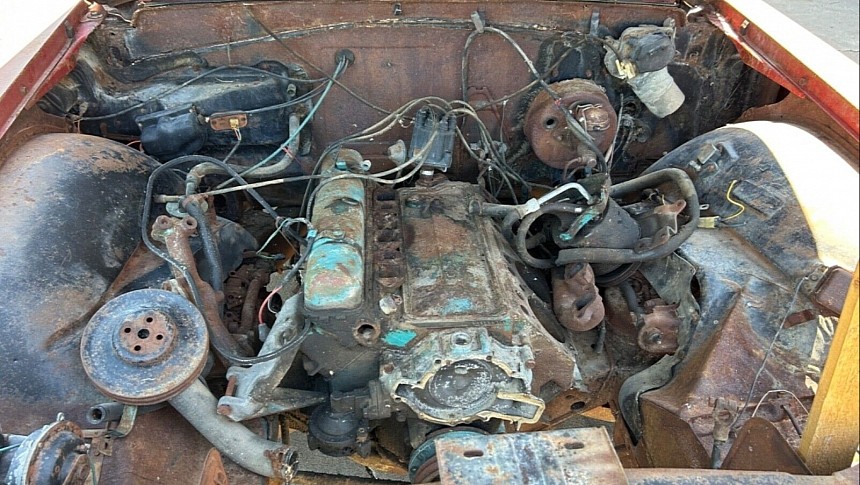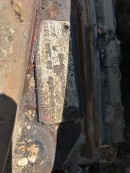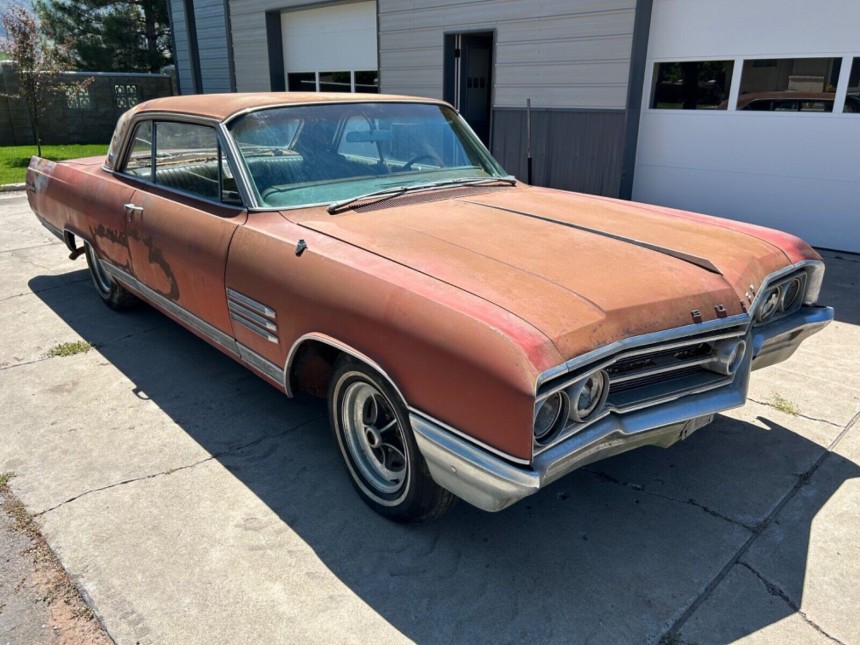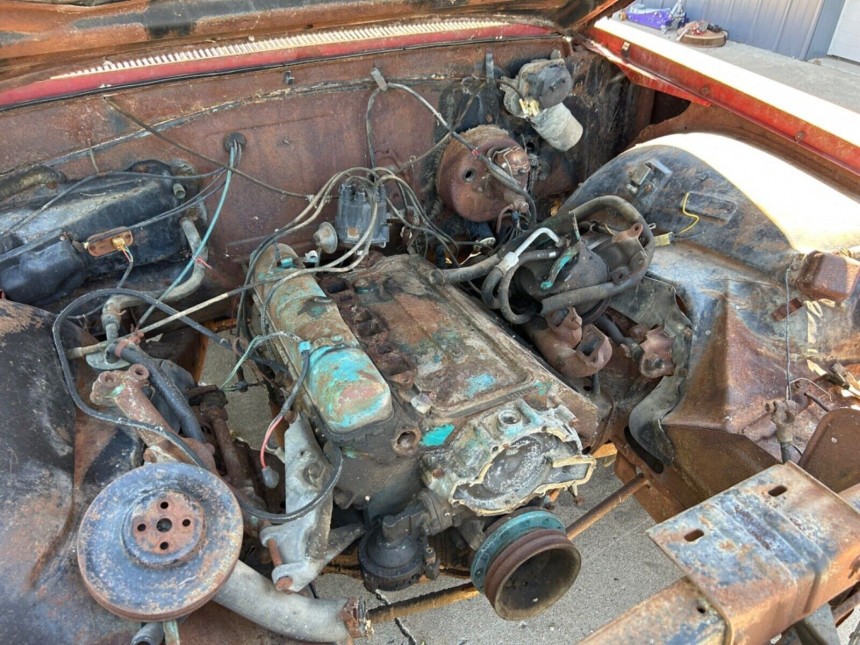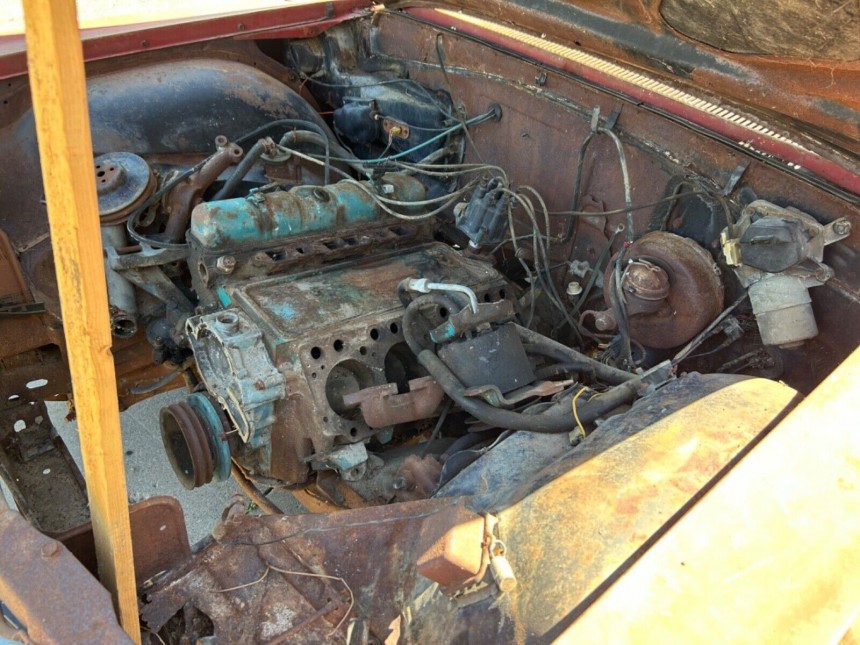Like many other Detroit metal creations, the Buick Wildcat started as a concept car, evolved into a trim level, and finally secured an assembly line all for itself, as a self-made model in its own right. It took an entire decade for this series of events to unfold, but it was a well-spent ten years because the Wildcat rose to the promise of its name.
In 1953, Buick unveiled a ‘dream car’ – a two-seater show and experimental automobile with an intriguing name - Wildcat. The following year, an all-new one-off, the Wildcat II, reverbed the title to the far corners of the automotive universe, and finally, in 1955, a four-passenger Wildcat III emerged.
In the traditional General Motors mid-season touch-up for the divisions’ lineups, the Buick Invicta received a high-grade improvement, aptly called ‘Wildcat.’ Buick saw that it was good, and in 1963 released the model, ditching the trim level, and aiming for the performance-oriented buyers who also weren’t afraid to open their wallets wide.
The new car of 1963 was slated between the Electra and the LaSabre as a full-size automobile with a knack for tire-squealing deeds. But that same year marked the debut of another Buick icon – the company’s first ‘personal luxury’ offer – the Riviera. The Wildcat had it rough from birth but didn’t back down one inch.
Although it shared body parts with the low-level LeSabre, the Wildcat somehow looked different – in a good way. And the muscle complimented the looks – the 401 cubic-inch V8 offered 325 hp and 445 lb-ft as standard. That’s 330 PS and 603 Nm from a 6.6-liter motor with a 10.25:1 compression ratio and a four-barrel carburetor. The rear gearing of 3.42 was linked to the engine via Buick’s automatic Turbine Drive box with a torque converter.
In 1964, a new engine was introduced – the 425-cube V8 (7.0 liters) named, ironically, Wildcat 465. The number stood not for displacement size but for torque output (465 lb-ft, or 630 Nm). All the V8s were ‘Wildcats’ in nature, with only a numerical differentiator to tell which was which. The top of the line was the Super Wildcat (this one didn’t have a number tailgating the name). At the same time, the economy motorization relied on a six-cylinder, the Fireball V6.
The standard powerplant for ’64 remained the tried and tested 401-CID V8 and its 325 hp, the Wildcat 445. However, the Wildcat automobile now allowed buyers to install the bigger 425s – either the 340-horse (345 PS) Wildcat 465 or the mighty 360-hp (365 PS) Super Wildcat. The latter provided the same crankshaft-twisting force, but its dual quads changed the power rating.
Buick put a high-performance camshaft in it, tailoring it to the needs of “performance lovers” (the carmaker’s wording), but whoever wanted one had to pay up. The big-block was available as extra-cost equipment on Riviera, Electra 225, and Wildcat – no one was exempted from the rule.
1964 was a good year for Buick, with a total production of 511,666 – the first time since 1956 that the sales rose past the half-million mark and only the third time since 1950 that the magic threshold was surpassed. From ‘64 on, the GM division was on a steady rise for the next decade, and the Wildcat was the witness – and actor – of this shareholder smile-bringing achievement.
Dubbed the “Next best thing to owning a Riviera,” the Buick Wildcat was offered in four body styles in 1964 – two hardtops, a two-door convertible, and a four-door sedan. The hardtops came in either four-door shapes or two-door Sports Coupe. One example of the latter’s production run of a little under 23,000 units had made it to 2023. Someone better call the salvage mechanics because this wildcat has lost some of its proverbial nine lives along the way.
Apart from the bruised and battered exterior – which is always a sign of “money pit dead ahead,” the awful news sits at the heart of this heap of Buick scrap metal. Namely, the V8 has been mercilessly mutilated, with the left cylinder bank robbed of its heads, valve train, and valve covers. The intake manifold, carburetor(s?), and ancillaries are not under the hood anymore. The barren pistons have been exposed to the elements for who knows how long, but it's probably safe to assume that changing the oil won’t do much good for them.
Even so, this cosmetic and mechanical hunk of headaches can still be brought back to life. At least, that’s what the seller on eBay firmly believes. Although weathered, the body is described as ‘very good’ apart from a few minor rust specks. Initially, this car was red with a white top – but the custom fabric roof cover is long gone.
The partial engine still matches its casting numbers with the car’s VIN, and the four-speed manual transmission is shifted via a console-mounted stick – a rarity among Buicks. The car does not run – if someone has any particular interest in the motor’s current status – and it probably won’t for a long time from now on.
It could make a long-term project, but it could also become a donor car for better Wildcats with higher hopes of survival. So far, the car wasn’t deemed worth more than $4,350 -which, ironically, is about the same – in absolute value – as the price of a new Buick Wildcat back in 1964. Although there’s no mention of what engine those remains belong to – the 401 or the 425 – it would probably help a prospective buyer decide what best to do with this wounded six-decade-old Sports Coupe.
In the traditional General Motors mid-season touch-up for the divisions’ lineups, the Buick Invicta received a high-grade improvement, aptly called ‘Wildcat.’ Buick saw that it was good, and in 1963 released the model, ditching the trim level, and aiming for the performance-oriented buyers who also weren’t afraid to open their wallets wide.
The new car of 1963 was slated between the Electra and the LaSabre as a full-size automobile with a knack for tire-squealing deeds. But that same year marked the debut of another Buick icon – the company’s first ‘personal luxury’ offer – the Riviera. The Wildcat had it rough from birth but didn’t back down one inch.
In 1964, a new engine was introduced – the 425-cube V8 (7.0 liters) named, ironically, Wildcat 465. The number stood not for displacement size but for torque output (465 lb-ft, or 630 Nm). All the V8s were ‘Wildcats’ in nature, with only a numerical differentiator to tell which was which. The top of the line was the Super Wildcat (this one didn’t have a number tailgating the name). At the same time, the economy motorization relied on a six-cylinder, the Fireball V6.
The standard powerplant for ’64 remained the tried and tested 401-CID V8 and its 325 hp, the Wildcat 445. However, the Wildcat automobile now allowed buyers to install the bigger 425s – either the 340-horse (345 PS) Wildcat 465 or the mighty 360-hp (365 PS) Super Wildcat. The latter provided the same crankshaft-twisting force, but its dual quads changed the power rating.
1964 was a good year for Buick, with a total production of 511,666 – the first time since 1956 that the sales rose past the half-million mark and only the third time since 1950 that the magic threshold was surpassed. From ‘64 on, the GM division was on a steady rise for the next decade, and the Wildcat was the witness – and actor – of this shareholder smile-bringing achievement.
Dubbed the “Next best thing to owning a Riviera,” the Buick Wildcat was offered in four body styles in 1964 – two hardtops, a two-door convertible, and a four-door sedan. The hardtops came in either four-door shapes or two-door Sports Coupe. One example of the latter’s production run of a little under 23,000 units had made it to 2023. Someone better call the salvage mechanics because this wildcat has lost some of its proverbial nine lives along the way.
Even so, this cosmetic and mechanical hunk of headaches can still be brought back to life. At least, that’s what the seller on eBay firmly believes. Although weathered, the body is described as ‘very good’ apart from a few minor rust specks. Initially, this car was red with a white top – but the custom fabric roof cover is long gone.
The partial engine still matches its casting numbers with the car’s VIN, and the four-speed manual transmission is shifted via a console-mounted stick – a rarity among Buicks. The car does not run – if someone has any particular interest in the motor’s current status – and it probably won’t for a long time from now on.
It could make a long-term project, but it could also become a donor car for better Wildcats with higher hopes of survival. So far, the car wasn’t deemed worth more than $4,350 -which, ironically, is about the same – in absolute value – as the price of a new Buick Wildcat back in 1964. Although there’s no mention of what engine those remains belong to – the 401 or the 425 – it would probably help a prospective buyer decide what best to do with this wounded six-decade-old Sports Coupe.
